POBIERANIE ZDJĘĆ...
Ziemia (Na sprzedaż)
41 525 m²
Źródło:
EDEN-T96126159
/ 96126159
Źródło:
EDEN-T96126159
Kraj:
PT
Miasto:
Sines
Kategoria:
Mieszkaniowe
Typ ogłoszenia:
Na sprzedaż
Typ nieruchomości:
Ziemia
Wielkość nieruchomości:
41 525 m²
CENA NIERUCHOMOŚCI OD M² MIASTA SĄSIEDZI
| Miasto |
Średnia cena m2 dom |
Średnia cena apartament |
|---|---|---|
| Santiago do Cacém | 5 280 PLN | - |
| Grândola | 7 270 PLN | - |
| Sesimbra | 5 848 PLN | 4 968 PLN |
| Dystrykt Setúbal | 5 793 PLN | 4 790 PLN |
| Setúbal | 5 577 PLN | 4 790 PLN |
| Quinta do Conde | 4 774 PLN | 3 856 PLN |
| Palmela | 5 187 PLN | 4 089 PLN |
| Seixal | 6 210 PLN | 4 610 PLN |
| Moita | 5 287 PLN | 3 729 PLN |
| Almada | 6 699 PLN | 6 626 PLN |
| Moita | 5 169 PLN | 3 726 PLN |
| Barreiro | - | 5 862 PLN |
| Montijo | 5 235 PLN | 4 691 PLN |
| Dystrykt Beja | 4 666 PLN | 5 763 PLN |
| Alcochete | 6 179 PLN | 4 860 PLN |
| Algés | - | 9 305 PLN |
| Alcochete | 6 283 PLN | 5 329 PLN |
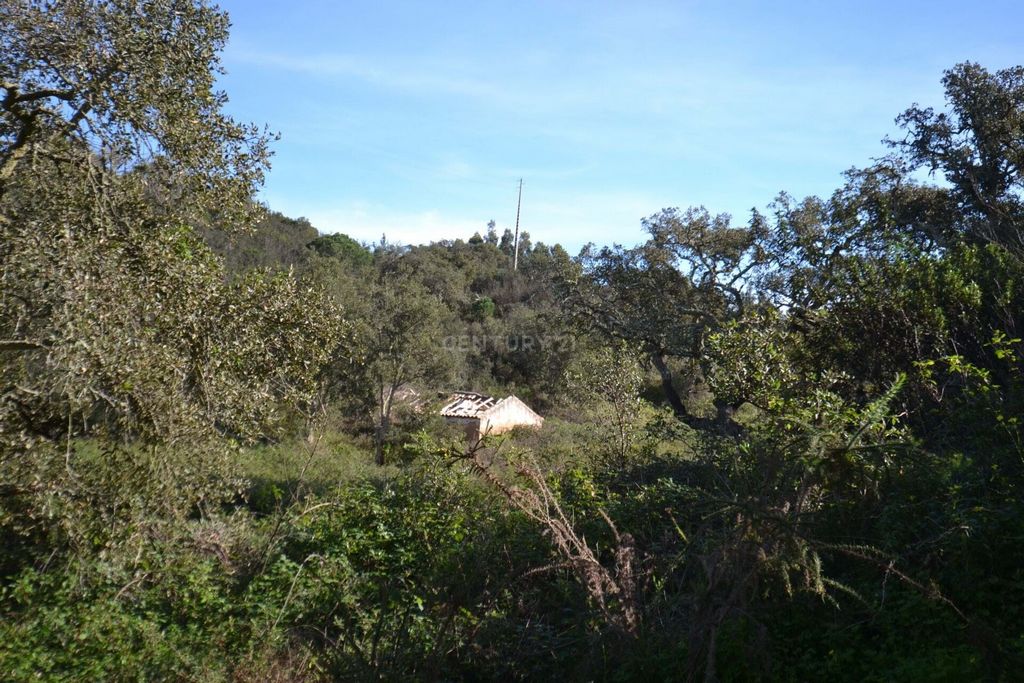
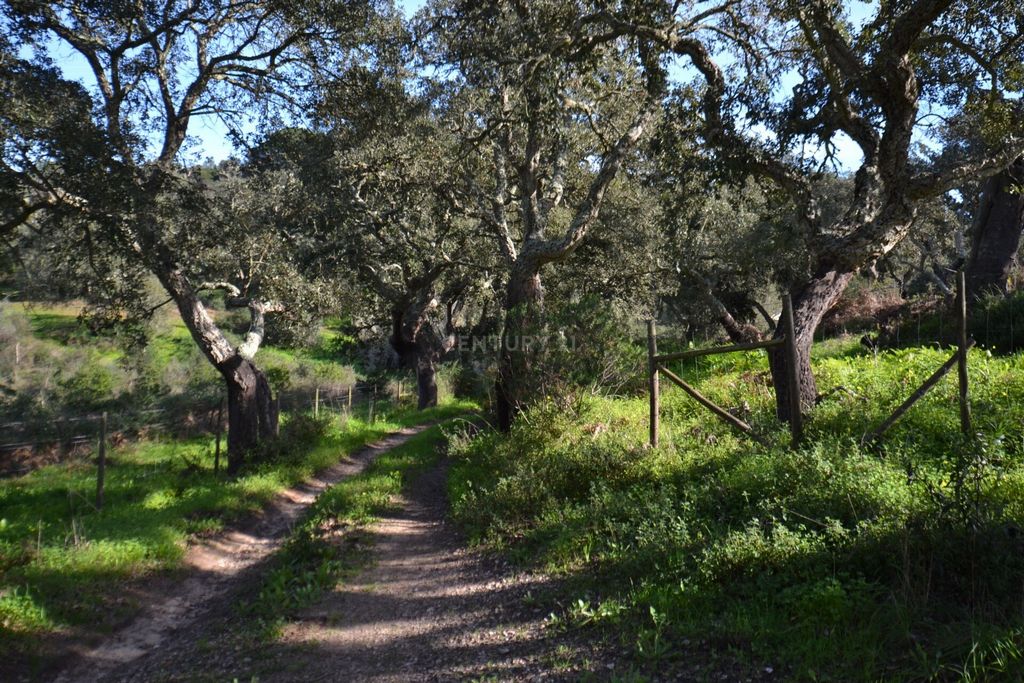
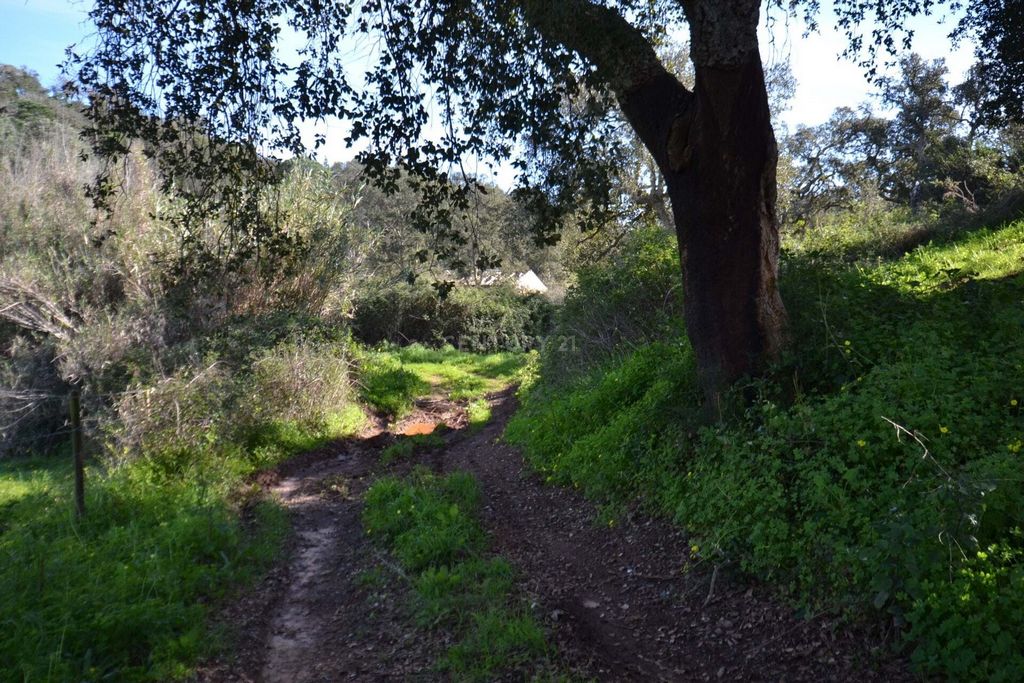
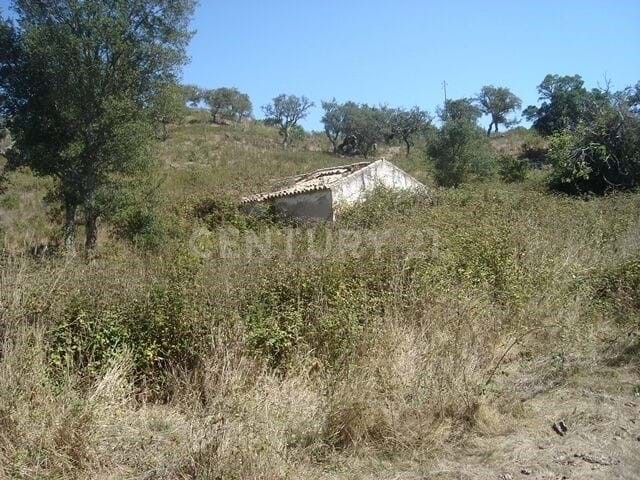
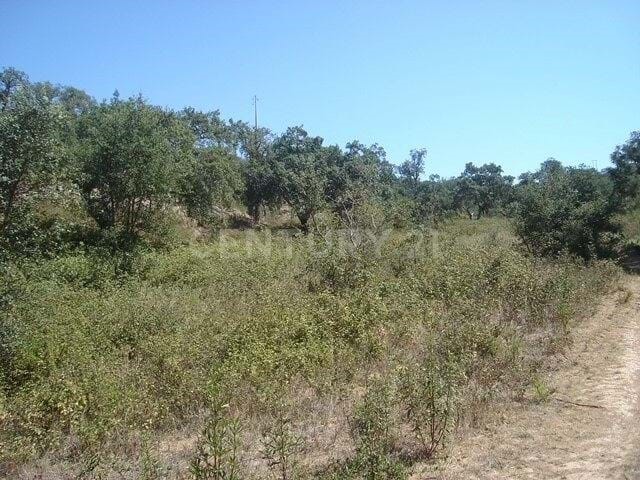
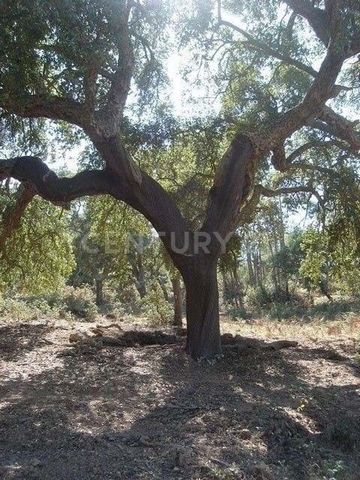


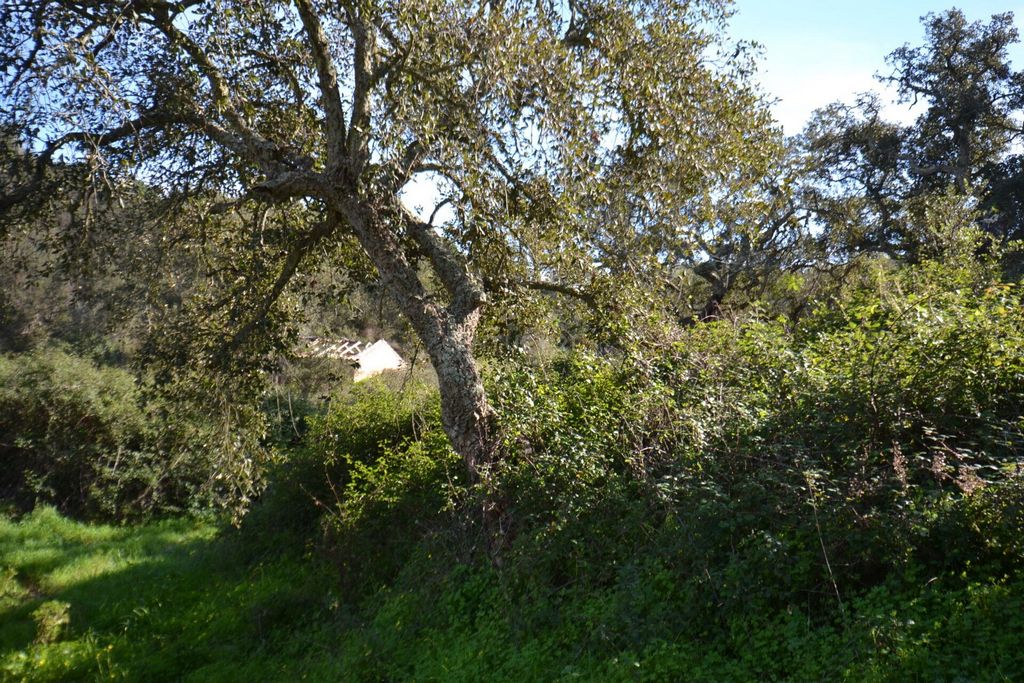
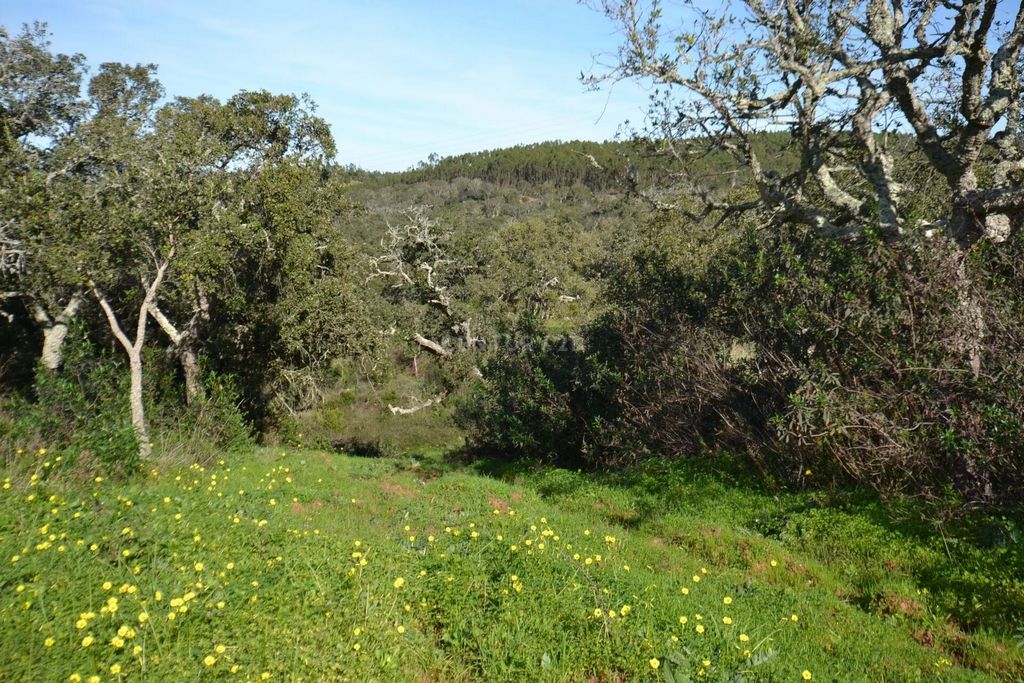
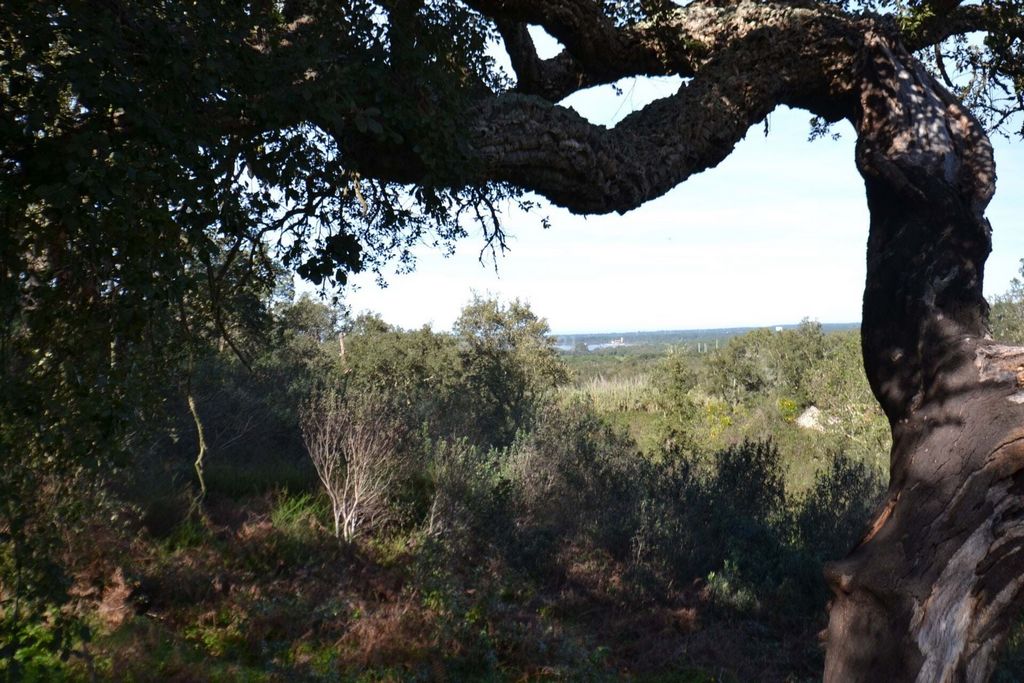
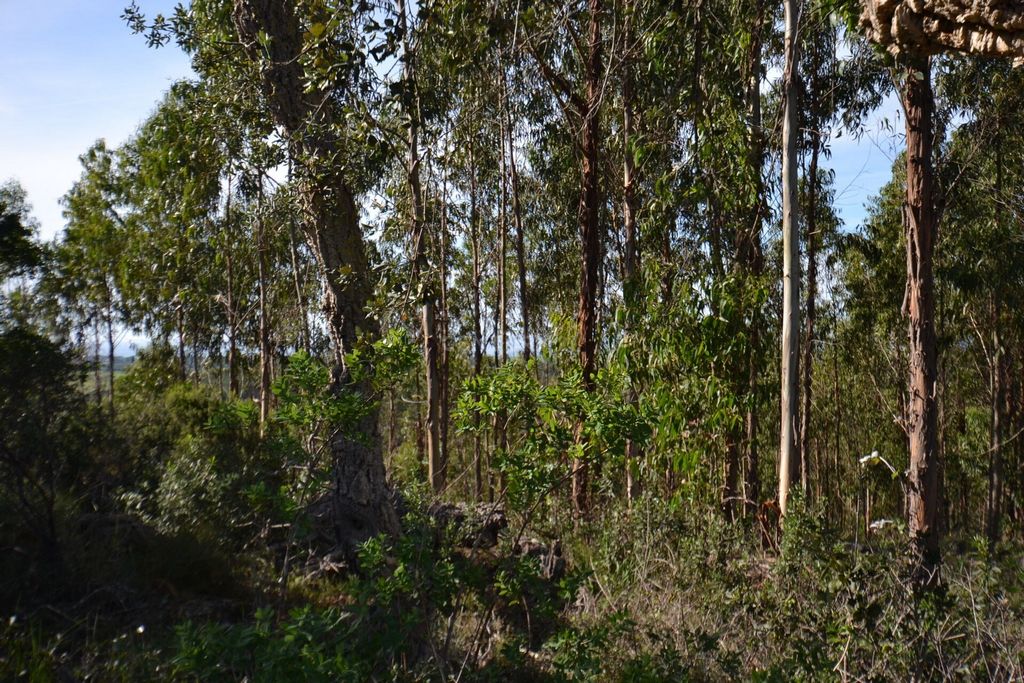
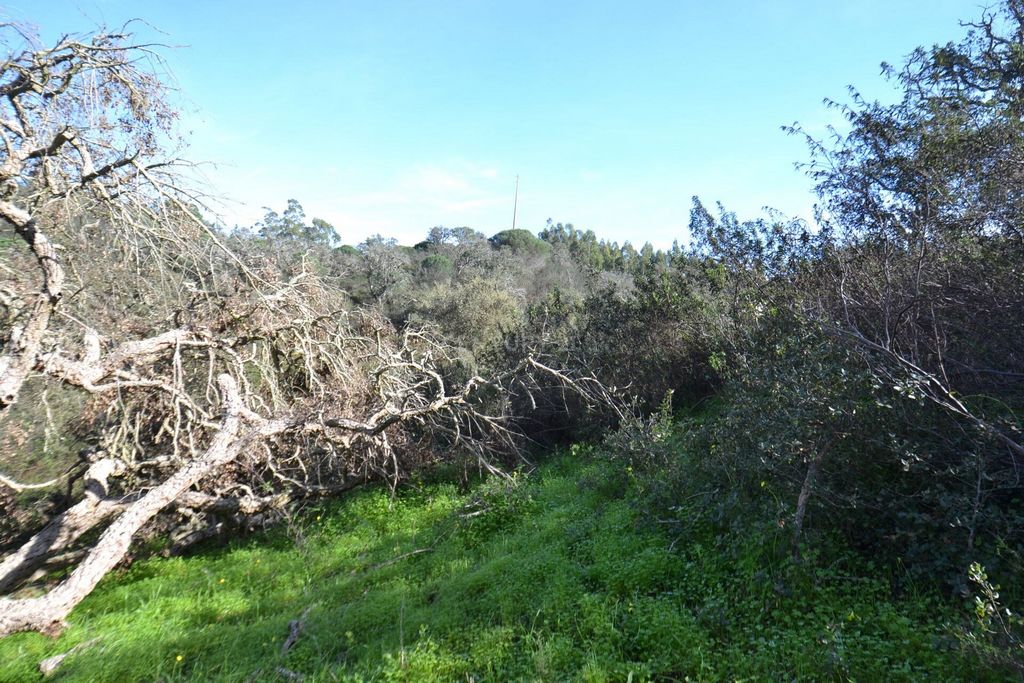
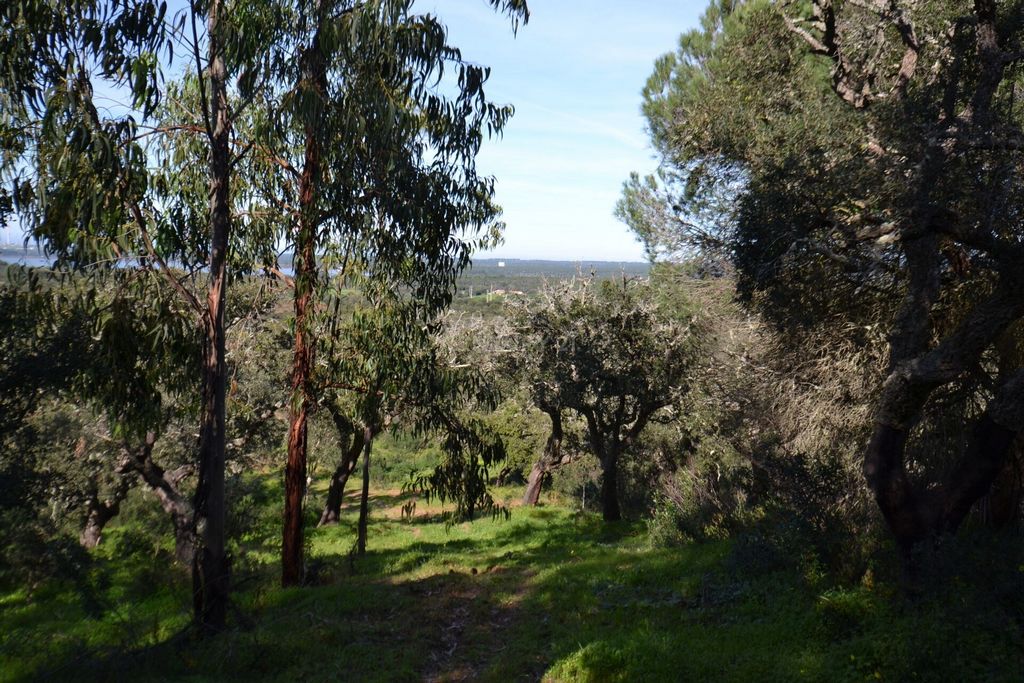
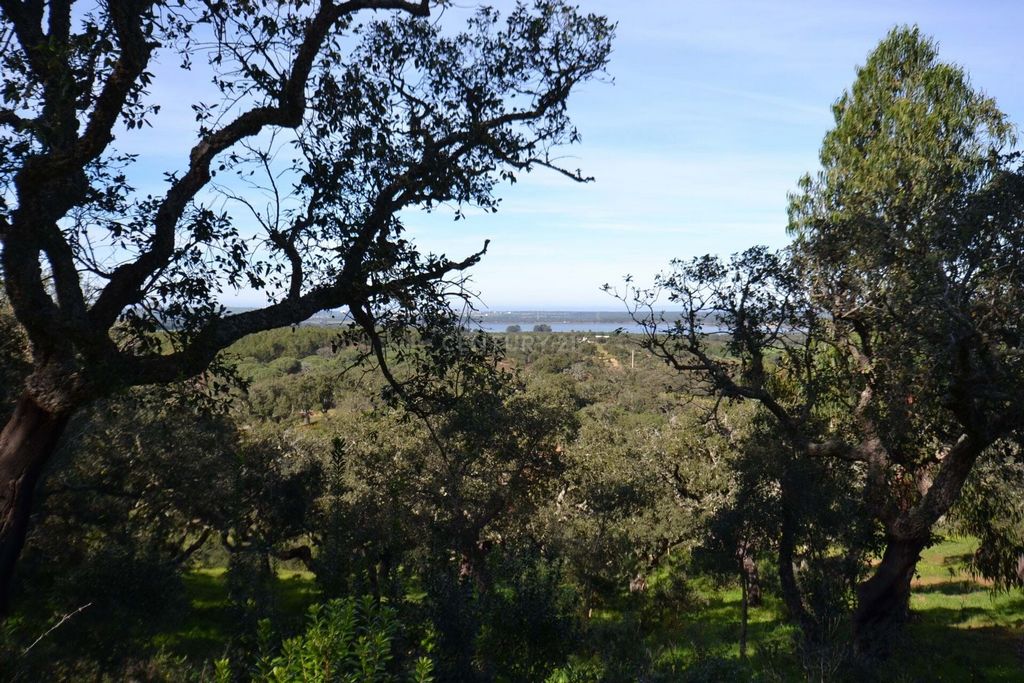



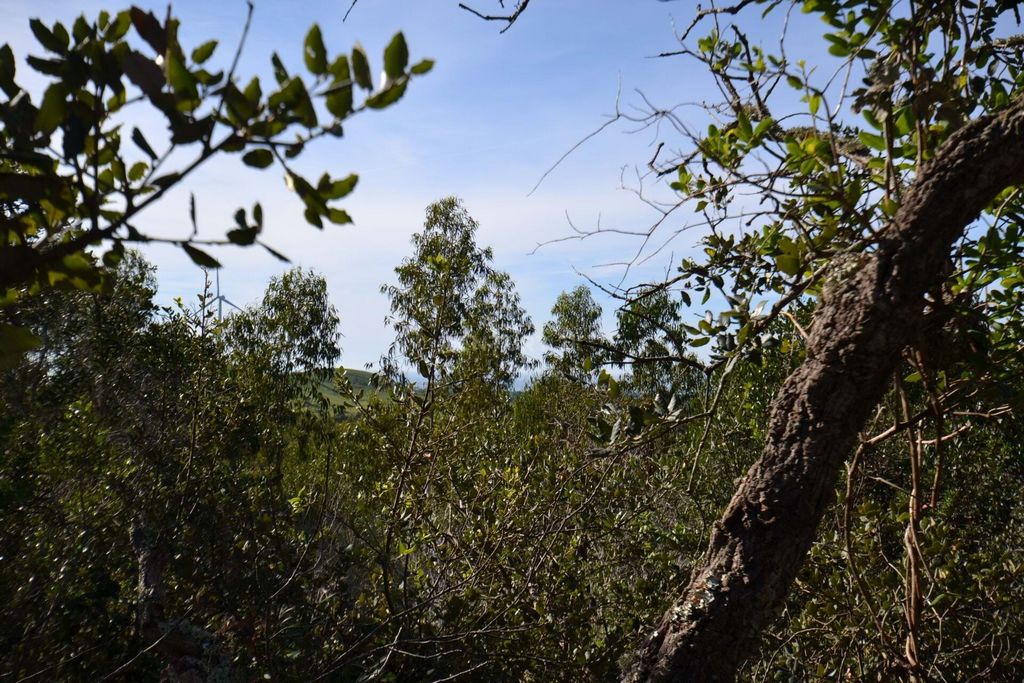
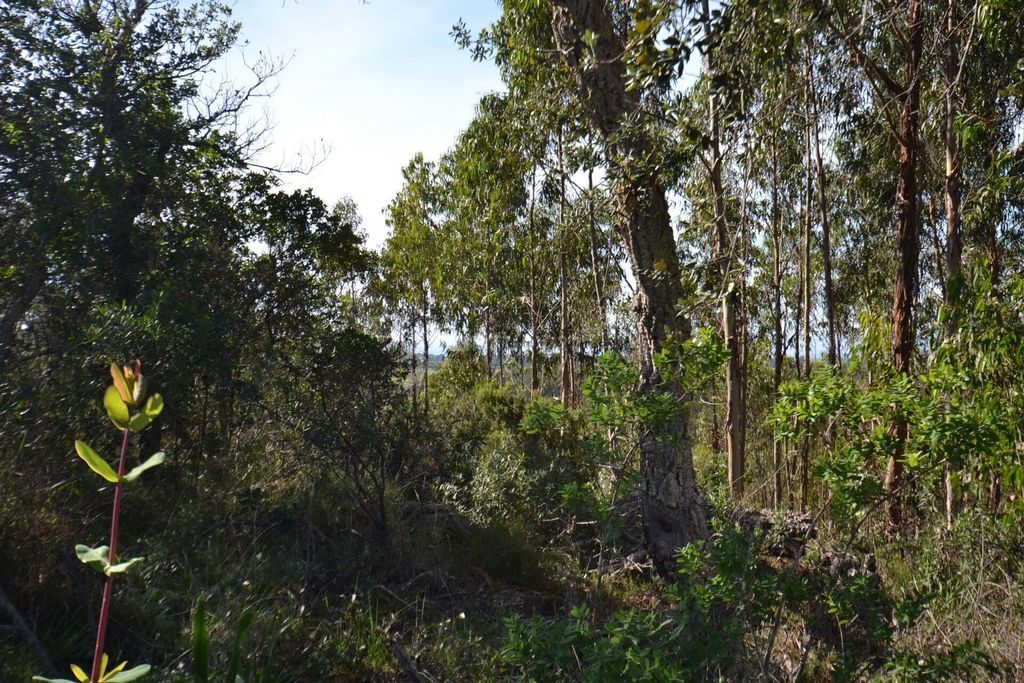
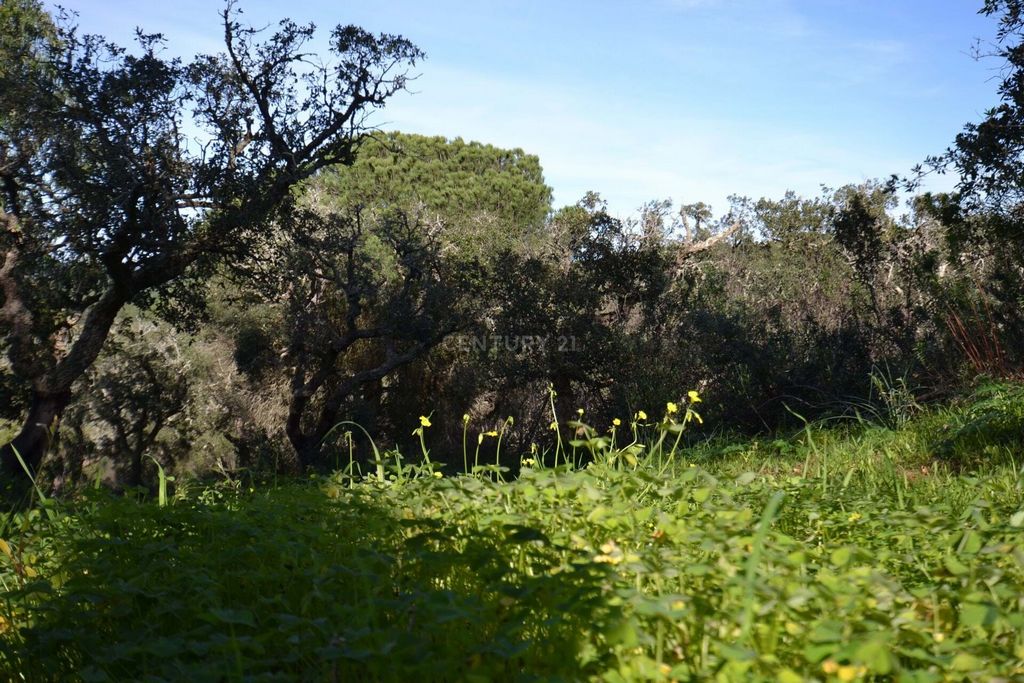


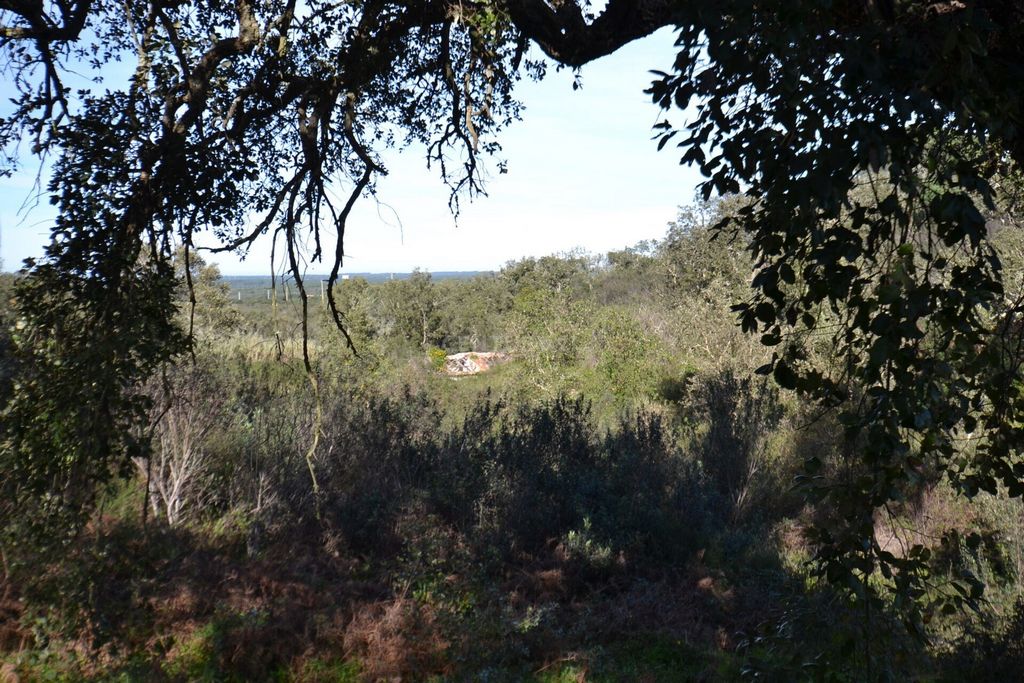
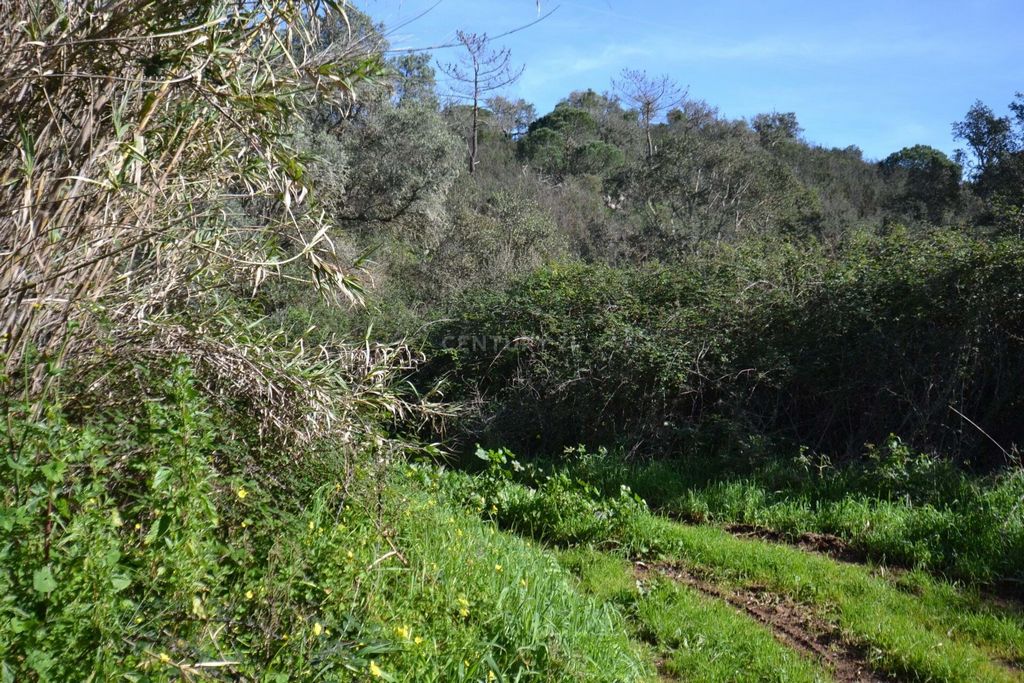
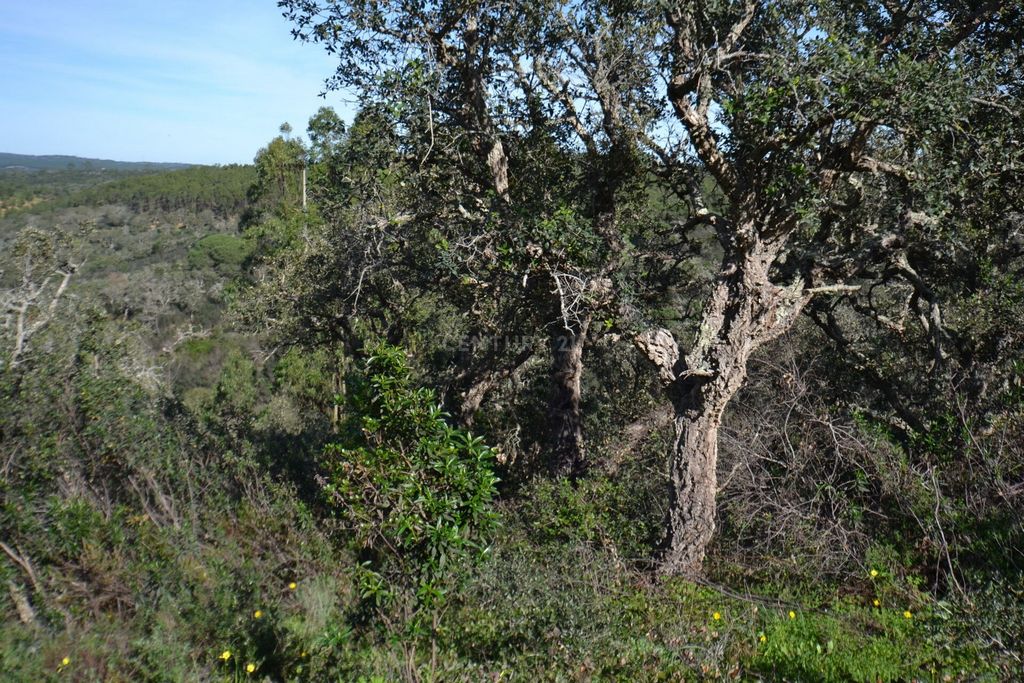
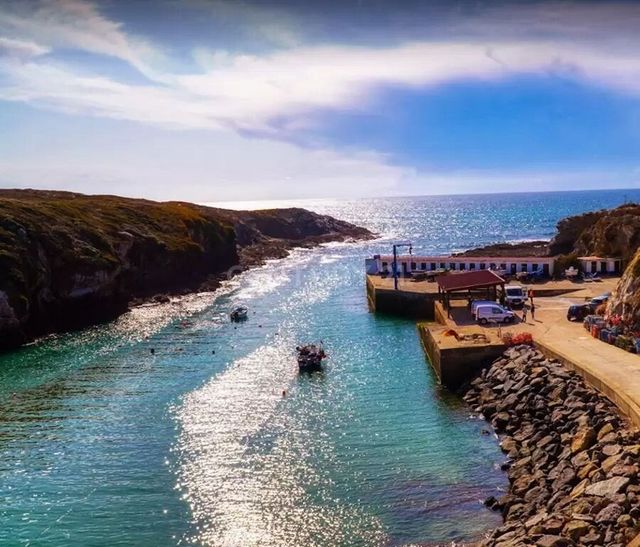

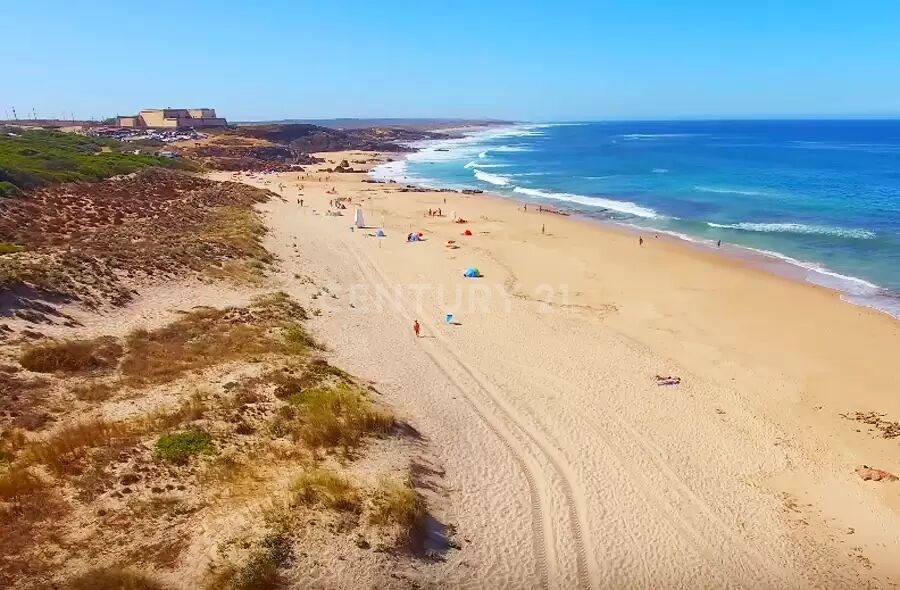
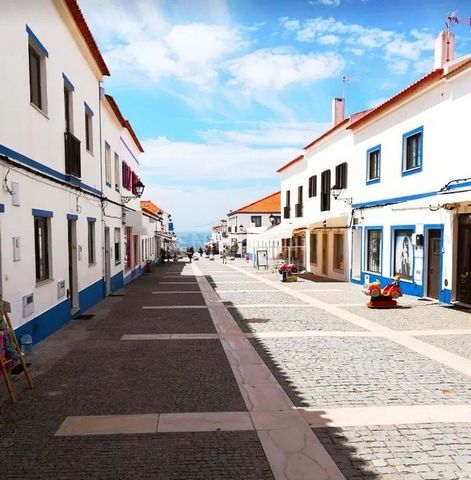

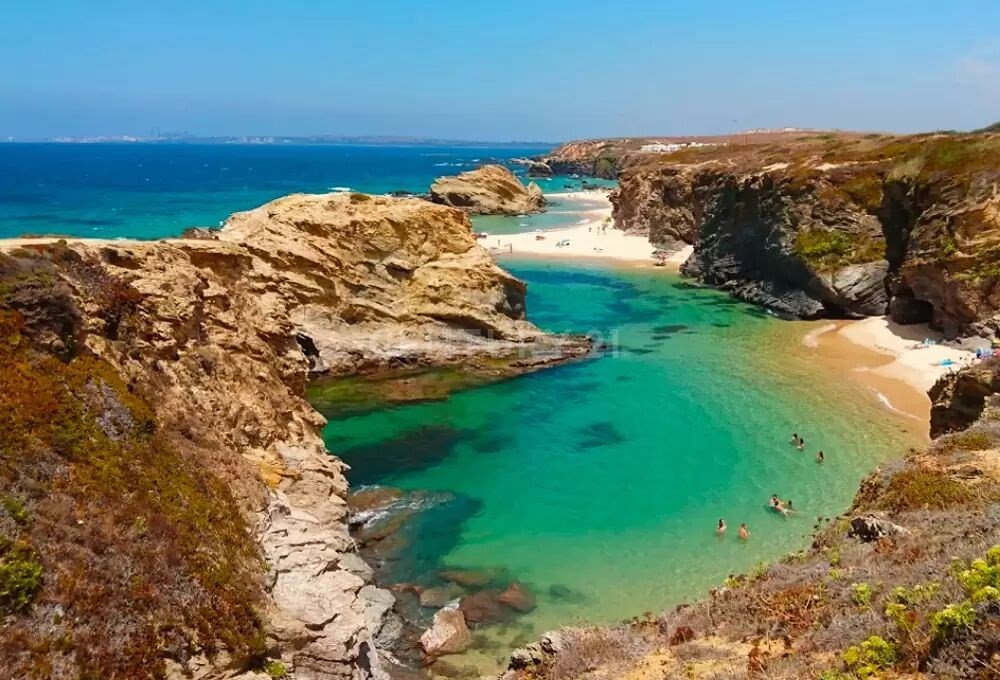

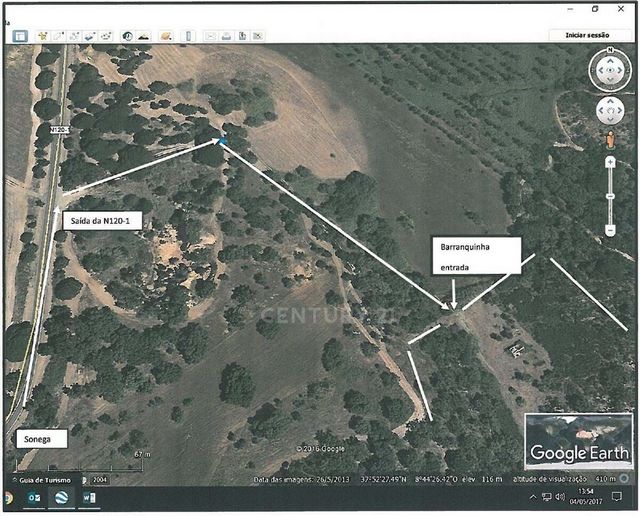
There are markers delimiting the terrain. It has easy access through the national N120-1, with a path of about 100m of dirt road.Sines is a Portuguese city in the district of Setúbal, Alentejo region and sub-region of Alentejo Litoral. It is the seat of the municipality of Sines with an area of 203.30 km² and 14,200 inhabitants, subdivided into 2 parishes.
The municipality is bordered to the north and east by the municipality of Santiago do Cacém, to the south by Odemira and to the west it has a coastline on the Atlantic Ocean. The coast of the municipality, to the south of São Torpes, is part of the Natural Park of Southwest Alentejo and Costa Vicentina.This municipality has the largest and first port area in Portugal, the main city of the port logistics industry in Portugal and the birthplace of Vasco da Gama.
Sines is inseparable from the sea. From the first records of occupation in the Municipality, which date back to Prehistory, to the present day, the sea and its resources are present in the economy, culture, and habits and customs of the population of Sines. Although there are attested records of the Punic people in Sines, it was the Romans who defined the Municipality as a port and industrial center, with the bay of Sines being the port of the city of Miróbriga. During the Arab occupation, Sines was practically abandoned, and only after the Christian conquest, with the Order of Santiago, Sines gained administrative autonomy on November 24, 1362. The charter of elevation to town is granted by D. Pedro I with the counterpart of building a castle. Sines was, during the fifteenth and sixteenth centuries, the place chosen for the location of the Italian Naval School with a strong relevance for the training of Naval Engineering at the time. With the importance of maritime life in the territory of Sines, Porto Covo was founded in the eighteenth century with the aim of building two ports there. In the nineteenth century, with liberalism, Sines ceased to belong to the Order of Santiago and was practically extinct, being restored at the beginning of the twentieth century. Thus, until the 60s, the life of Sines was strongly marked by the cork industry, fishing, agriculture and tourism. It was from the 70's that the industrial, economic and social rise in the Municipality of Sines began with the construction of the great industrial complex.
Sines is, today, an important industrial center, with the location of an oil refinery, petrochemical, polymer construction, metalworking and wagon production industries, and the first largest artificial port in Portugal and a deep-water port that allows the passage of half of the country's port traffic.
The municipality of Sines has the highest GDP per capita among all municipalities in Portugal.
Porto Covo is one of the parishes of the municipality of Sines. Initially, it was a fishing village, but due to its beaches and landscapes, it is currently very popular with tourists.
The history of Porto Covo begins in the mid-thirteenth century, with the existence of a place located on the cliff near a cove.
Its beaches are some of the most beautiful and natural in the country and hold the blue flag. Praia Grande, Praia Pequena, Buizinho and Pingardeiro are some examples. The island of Pessegueiro, 340 m long and 235 m wide, is another point of interest.
Its name has a Latin origin, evolving from the terms piscatorius or piscarium, since in Roman times it was a place for the preparation of fish, as witnessed by the remains of the salting tanks that can still be observed on the island. It has a beautiful beach, is great for windsurfing and sport fishing. Zobacz więcej Zobacz mniej Le terrain se compose de deux parcelles qui sont jointes : Terrain rustique avec un total de 41525 m2 et urbain (existence dune ruine de 55m2 nécessitant un remodelage total) village de Barranquinha, paroisse de Porto Covo, municipalité de Sines. Le terrain est composé dune végétation variée où lon peut trouver un puits.
Il y a des balises délimitant le terrain. Il est facile daccès par la nationale N120-1, avec un chemin denviron 100 m de terre.Sines est une ville portugaise du district de Setúbal, dans la région de lAlentejo et dans la sous-région du littoral de lAlentejo. Cest le siège de la commune de Sines avec une superficie de 203,30 km² et 14 200 habitants, subdivisée en 2 paroisses.
La municipalité est bordée au nord et à lest par la municipalité de Santiago do Cacém, au sud par Odemira et à louest par un littoral sur locéan Atlantique. La côte de la municipalité, au sud de São Torpes, fait partie du parc naturel du sud-ouest de lAlentejo et de la Costa Vicentina.
Cette municipalité possède la plus grande et la première zone portuaire du Portugal, la principale ville de lindustrie de la logistique portuaire au Portugal et le lieu de naissance de Vasco de Gama.
Sines est indissociable de la mer. Depuis les premières traces doccupation de la commune, qui remontent à la Préhistoire, jusquà nos jours, la mer et ses ressources sont présentes dans léconomie, la culture, les us et coutumes de la population de Sines.
Bien quil existe des documents attestés sur le peuple punique à Sines, ce sont les Romains qui ont défini la municipalité comme un port et un centre industriel, la baie de Sines étant le port de la ville de Miróbriga. Pendant loccupation arabe, Sines a été pratiquement abandonnée, et ce nest quaprès la conquête chrétienne, avec lOrdre de Santiago, que Sines a obtenu lautonomie administrative le 24 novembre 1362. La charte délévation à la ville est accordée par D. Pedro I avec la contrepartie de la construction dun château.
Sines a été, au cours des XVe et XVIe siècles, le lieu choisi pour lemplacement de lÉcole navale italienne avec une forte importance pour la formation du génie naval à lépoque. Avec limportance de la vie maritime sur le territoire de Sines, Porto Covo a été fondée au XVIIIe siècle dans le but dy construire deux ports. Au XIXe siècle, avec le libéralisme, Sines a cessé dappartenir à lOrdre de Saint-Jacques-de-Compostelle et sest pratiquement éteint, étant restauré au début du XXe siècle.
Ainsi, jusque dans les années 60, la vie de Sines était fortement marquée par lindustrie du liège, la pêche, lagriculture et le tourisme. Cest à partir des années 70 que lessor industriel, économique et social de la municipalité de Sines a commencé avec la construction du grand complexe industriel.
Sines est, aujourdhui, un important centre industriel, avec lemplacement dune raffinerie de pétrole, de la pétrochimie, de la construction polymère, de la métallurgie et de la production de wagons, et le premier plus grand port artificiel du Portugal et un port en eau profonde qui permet le passage de la moitié du trafic portuaire du pays.
La municipalité de Sines a le PIB par habitant le plus élevé de toutes les municipalités du Portugal.
Porto Covo est lune des paroisses de la municipalité de Sines. À lorigine, cétait un village de pêcheurs, mais en raison de ses plages et de ses paysages, il est actuellement très populaire auprès des touristes.
Lhistoire de Porto Covo commence au milieu du XIIIe siècle, avec lexistence dun lieu situé sur la falaise près dune crique.
Ses plages sont parmi les plus belles et les plus naturelles du pays et portent le drapeau bleu. Praia Grande, Praia Pequena, Buizinho et Pingardeiro en sont quelques exemples. Lîle de Pessegueiro, longue de 340 m et large de 235 m, est un autre point dintérêt.
Son nom a une origine latine, évoluant à partir des termes piscatorius ou piscarium, puisquà lépoque romaine, cétait un lieu de prépar O terreno é composto por duas parcelas que estão unidas: Terreno Rústico com a totalidade de 41525 m2 e Urbano (existência de uma ruina de 55m2 a necessitar de remodelação total) vila de Barranquinha, freguesia de Porto Covo, Concelho de Sines. O terreno é composto por vegetação variada onde podemos encontrar um poço.
Existem marcos a delimitar o terreno. Tem acesso fácil através da nacional N120-1, com caminho de cerca de 100m de terra batida. Sines é uma cidade portuguesa do distrito de Setúbal, região do Alentejo e sub-região do Alentejo Litoral. É sede do município de Sines com 203,30 km² de área e 14 200 habitantes subdividido em 2 freguesias.
O município é limitado a norte e leste pelo município de Santiago do Cacém, a sul por Odemira e a Oeste tem litoral no Oceano Atlântico. O litoral do município, para sul de São Torpes, faz parte do Parque Natural do Sudoeste Alentejano e Costa Vicentina.Este Concelho tem a maior e a primeira área portuária de Portugal, a principal cidade da indústria logística portuária em Portugal e a terra natal do Vasco da Gama.
Sines é indissociável do mar. Desde os primeiros registos de ocupação no Concelho, que datam da Pré-história, até aos dias de hoje o mar e os seus recursos estão presentes na economia, na cultura, e nos hábitos e costumes da população de Sines.
Apesar de estarem atestados registos do povo Púnico em Sines, foram os romanos que definiram o Concelho como centro portuário e industrial, sendo a baía de Sines o porto da cidade de Miróbriga. Durante a ocupação árabe, Sines foi praticamente abandonado, e só após a conquista cristã, com a Ordem de Santiago, Sines ganha autonomia administrativa em 24 de novembro de 1362. A carta de elevação a vila é concedida por D. Pedro I com a contrapartida de construir um castelo.
Sines foi, durante os seculos XV e XVI, o local escolhido para a localização da Escola Naval Italiana com uma forte relevância para a formação de Engenharia Naval da época. Com a importância da vida marítima no território de Sines, Porto Covo foi fundado no seculo XVIII com o objetivo de aí serem construídos dois portos. No seculo XIX, com o liberalismo, Sines deixou de pertencer à Ordem de Santiago e foi praticamente extinto, sendo restaurado no início do seculo XX.
Deste modo, até à década de 60, a vida de Sines é fortemente marcada pela indústria da cortiça, pesca, agricultura e turismo. Foi a partir dos anos 70 do que no Concelho de Sines teve início a ascensão industrial, económica e social com a construção do grande complexo industrial.
Sines é, hoje, um importante centro industrial, com a localização de uma refinaria de petróleo, indústrias da petroquímica, de construção de polímeros, de metalomecânica e de produção de vagões, e o primeiro maior porto artificial de Portugal e um porto de águas profundas que permite a passagem de metade do tráfego portuário do país.
O município de Sines possui o maior PIB per capita entre todos os municípios de Portugal.
Porto Covo é uma das freguesias do concelho de Sines. Inicialmente, foi uma aldeia de pescadores, mas, devido às suas praias e paisagens, é atualmente muito procurada pelos turistas.
A história de Porto Covo inicia-se em meados do século XIII, com a existência de um lugar implantado na arriba próximo de uma enseada.
As suas praias são das mais belas e naturais do país e detentoras da bandeira azul. A Praia Grande, a Praia Pequena, do Buizinho e do Pingardeiro são alguns exemplos. A ilha do Pessegueiro, com 340 m de comprimento e 235 m de largura, é outro ponto de interesse.
O seu nome tem origem latina, evoluindo a partir do termos piscatorius ou piscarium, já que na época dos Romanos era um lugar de preparação de peixe, como testemunham os vestígios dos tanques de salga que se podem ainda observar na ilha. Possui uma bela praia, é ótima para a prática do windsurf e da pesca desportiva. The land consists of two plots that are joined: Rustic Land with a total of 41525 m2 and Urban (existence of a ruin of 55m2 in need of total remodeling) village of Barranquinha, parish of Porto Covo, Municipality of Sines. The land is composed of varied vegetation where we can find a well.
There are markers delimiting the terrain. It has easy access through the national N120-1, with a path of about 100m of dirt road.Sines is a Portuguese city in the district of Setúbal, Alentejo region and sub-region of Alentejo Litoral. It is the seat of the municipality of Sines with an area of 203.30 km² and 14,200 inhabitants, subdivided into 2 parishes.
The municipality is bordered to the north and east by the municipality of Santiago do Cacém, to the south by Odemira and to the west it has a coastline on the Atlantic Ocean. The coast of the municipality, to the south of São Torpes, is part of the Natural Park of Southwest Alentejo and Costa Vicentina.This municipality has the largest and first port area in Portugal, the main city of the port logistics industry in Portugal and the birthplace of Vasco da Gama.
Sines is inseparable from the sea. From the first records of occupation in the Municipality, which date back to Prehistory, to the present day, the sea and its resources are present in the economy, culture, and habits and customs of the population of Sines. Although there are attested records of the Punic people in Sines, it was the Romans who defined the Municipality as a port and industrial center, with the bay of Sines being the port of the city of Miróbriga. During the Arab occupation, Sines was practically abandoned, and only after the Christian conquest, with the Order of Santiago, Sines gained administrative autonomy on November 24, 1362. The charter of elevation to town is granted by D. Pedro I with the counterpart of building a castle. Sines was, during the fifteenth and sixteenth centuries, the place chosen for the location of the Italian Naval School with a strong relevance for the training of Naval Engineering at the time. With the importance of maritime life in the territory of Sines, Porto Covo was founded in the eighteenth century with the aim of building two ports there. In the nineteenth century, with liberalism, Sines ceased to belong to the Order of Santiago and was practically extinct, being restored at the beginning of the twentieth century. Thus, until the 60s, the life of Sines was strongly marked by the cork industry, fishing, agriculture and tourism. It was from the 70's that the industrial, economic and social rise in the Municipality of Sines began with the construction of the great industrial complex.
Sines is, today, an important industrial center, with the location of an oil refinery, petrochemical, polymer construction, metalworking and wagon production industries, and the first largest artificial port in Portugal and a deep-water port that allows the passage of half of the country's port traffic.
The municipality of Sines has the highest GDP per capita among all municipalities in Portugal.
Porto Covo is one of the parishes of the municipality of Sines. Initially, it was a fishing village, but due to its beaches and landscapes, it is currently very popular with tourists.
The history of Porto Covo begins in the mid-thirteenth century, with the existence of a place located on the cliff near a cove.
Its beaches are some of the most beautiful and natural in the country and hold the blue flag. Praia Grande, Praia Pequena, Buizinho and Pingardeiro are some examples. The island of Pessegueiro, 340 m long and 235 m wide, is another point of interest.
Its name has a Latin origin, evolving from the terms piscatorius or piscarium, since in Roman times it was a place for the preparation of fish, as witnessed by the remains of the salting tanks that can still be observed on the island. It has a beautiful beach, is great for windsurfing and sport fishing.